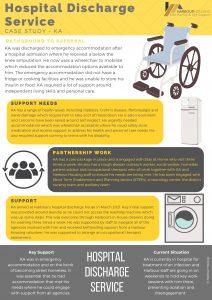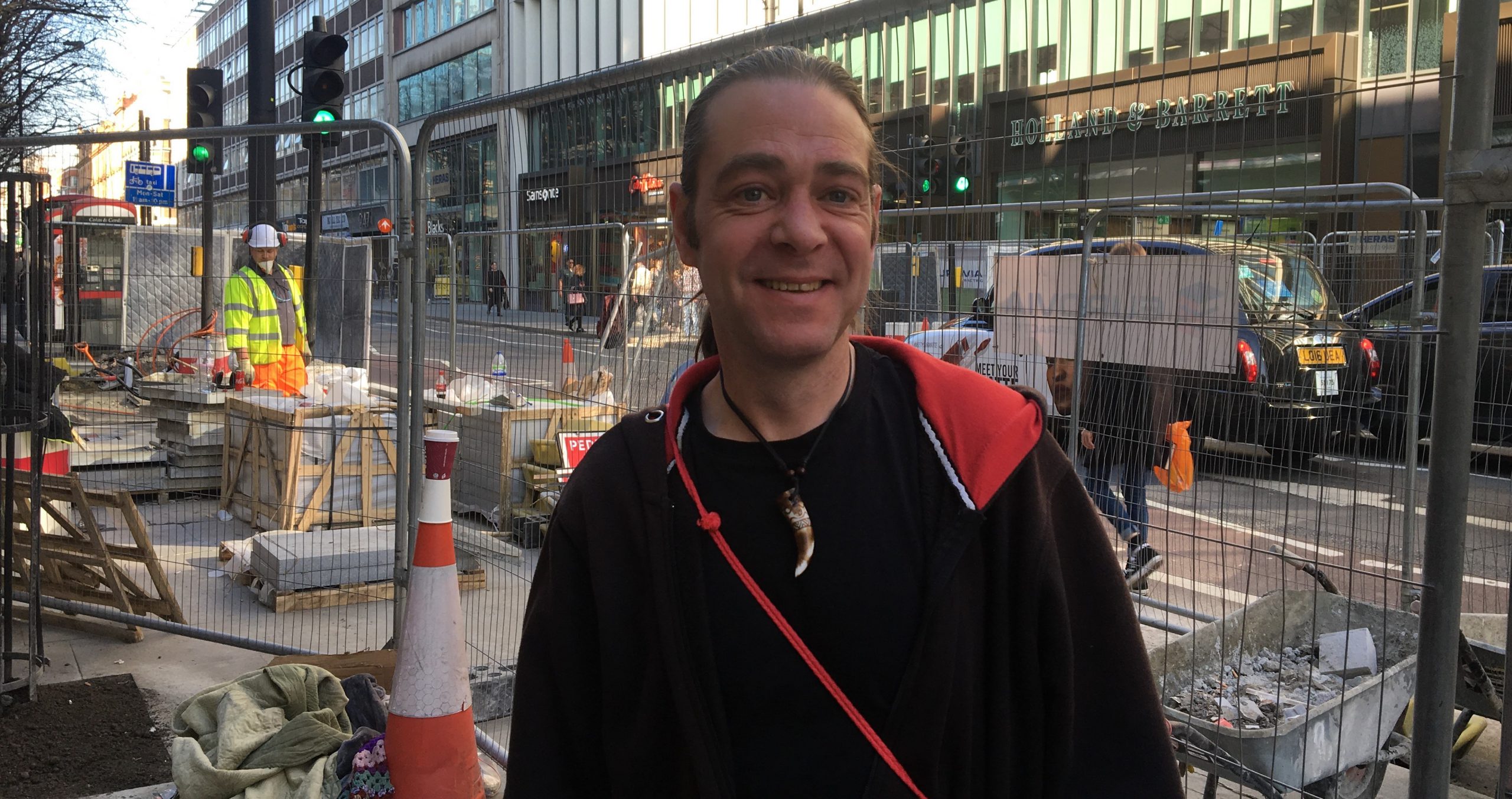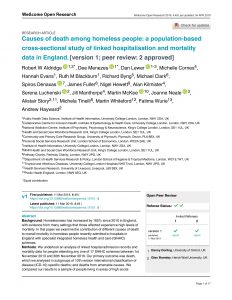 The DHSC’s Out-of-Hospital Care Models Programme provided £16m of funding to 17 test sites across England to improve discharge arrangements for people experiencing homelessness. The programme affords opportunities to develop new services and workforce roles that aim to integrate health, housing and social care at key transition points. In this blog, Shevon Simon describes her work as a ‘Homeless Health Team Leader’ at the Princess Royal University Hospital in South East London.
The DHSC’s Out-of-Hospital Care Models Programme provided £16m of funding to 17 test sites across England to improve discharge arrangements for people experiencing homelessness. The programme affords opportunities to develop new services and workforce roles that aim to integrate health, housing and social care at key transition points. In this blog, Shevon Simon describes her work as a ‘Homeless Health Team Leader’ at the Princess Royal University Hospital in South East London.
What is your job role?
In my new role as Homeless Health Team Leader, I am assigned to PRUH (Princess Royal University Hospital) in South East London to support the hospital with facilitating the discharge of homeless patients – primarily the discharge of single homeless people with complex needs. I am also responsible for developing discharge pathways and upskilling Discharge Teams to understand key homelessness legislation.
Can you tell us about why your role is needed?
My background is in local authority homelessness assessments and 14 years ago people rarely presented as homeless with more than one medical condition.
Today, many people have more than one condition – so they are multi-symptomatic and this in itself creates complexities around health management and means that they are sicker than in earlier times. In addition, chronic homelessness usually features at least three multiple long-term conditions – meaning people are more likely to suffer mental health problems, physical health problems and substance misuse and are not accessing the health services they need. COVID–19 and multiple lockdowns have not helped with healthcare accessibility, with many services not being as accessible as they were prior to the first lockdown in March 2020. Two years on and most local authority housing departments are still closed for face-to-face/office appointments, requiring patients to complete lengthy online forms or telephone assessments. As you can imagine, this is a huge barrier for someone who is homeless. Continue reading


 At the
At the 
 In this blog,
In this blog,  The first step in Harbour Housing’s response to keeping residents safe from COVID-19 was to provide everyone with an information briefing, ensuring staff had time to talk through any concerns. Video screens in the properties also relayed NHS advice about hygiene and hand washing. Washing facilities and hand dryers were installed in the entrance lobby at each building. This meant that everyone had the opportunity to wash their hands before entering the property. In addition, thermal imaging CCTV cameras were installed to read the temperature of every person entering the building. This was to ensure that symptoms could be caught early.
The first step in Harbour Housing’s response to keeping residents safe from COVID-19 was to provide everyone with an information briefing, ensuring staff had time to talk through any concerns. Video screens in the properties also relayed NHS advice about hygiene and hand washing. Washing facilities and hand dryers were installed in the entrance lobby at each building. This meant that everyone had the opportunity to wash their hands before entering the property. In addition, thermal imaging CCTV cameras were installed to read the temperature of every person entering the building. This was to ensure that symptoms could be caught early. 